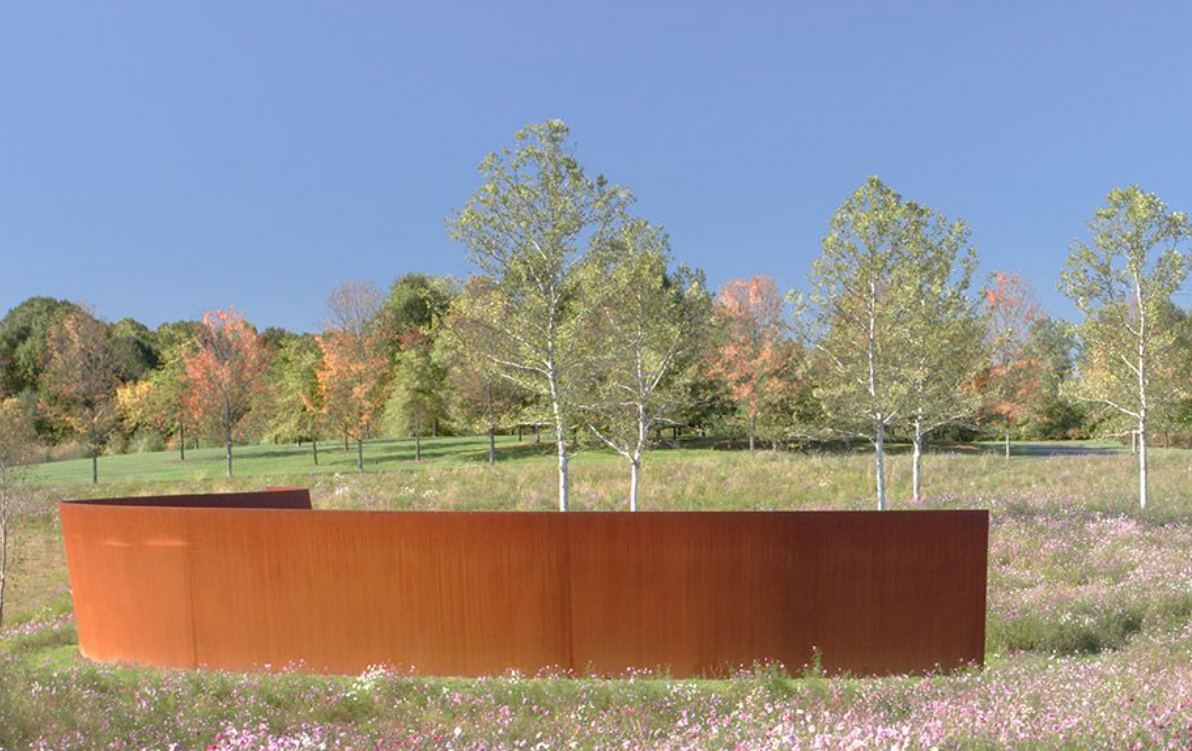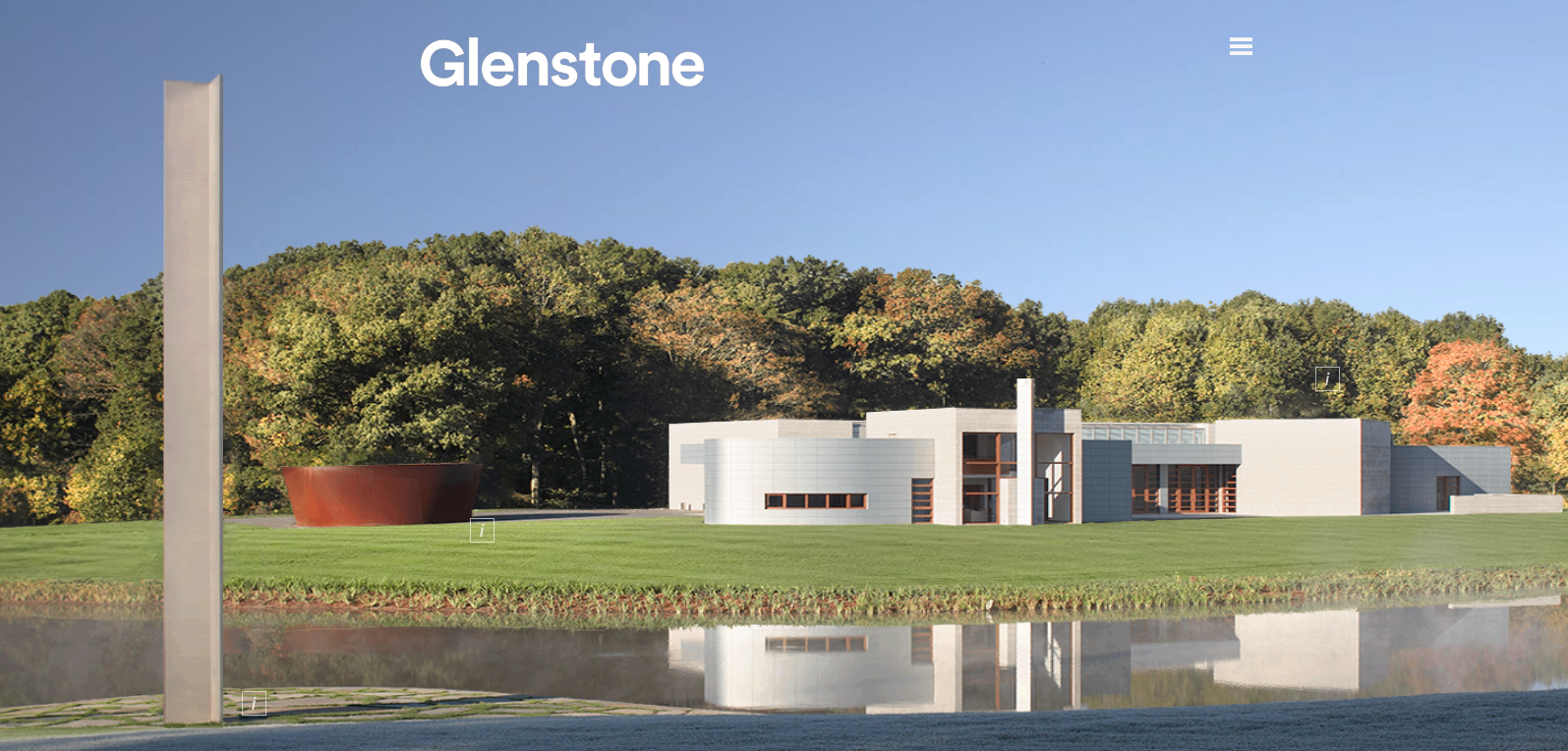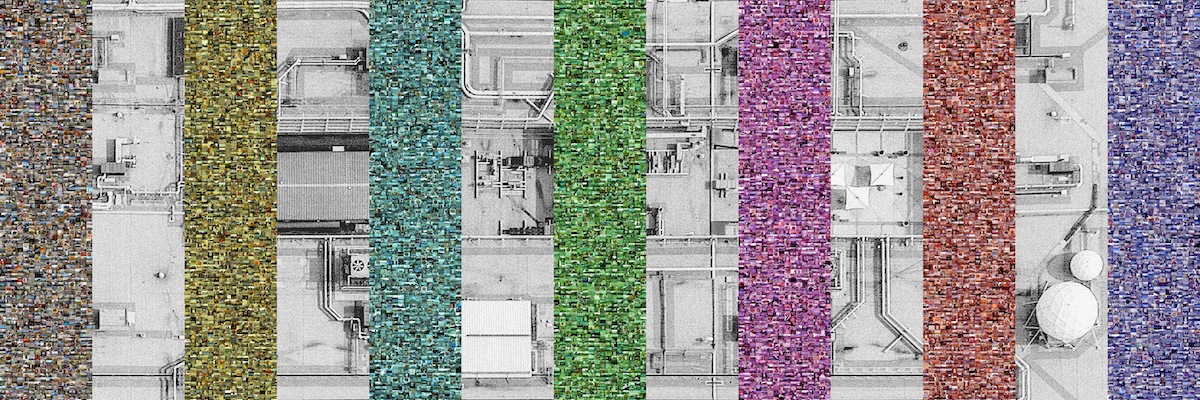John Durovsik on the Glenstone and the Private Museum
I first encountered the Glenstone in an article published in The New York Times in November, 2015. An introduction into a larger conversation on the nebulous relationship between tax-exempt museums and the public good, the article, entitled “Tax Status of Museums Questioned by Senators,” discusses the contentious relationship between private collections and public benefit, making note of three prominent collections in the United States: the Glenstone, the Brant Foundation Art Study Center, and the Broad.
Within these collections, private wealth and art coalesce with less high-brow notions of access and public education. And yet, the degree to which these concepts cohabitate—that is, the ability to bridge the almost dichotomous notions of collections forged from private affluence and institutions touting egalitarian modes of viewership—has drawn intense debate, threatening the existence of these government-subsidized institutions.
We drove from Baltimore to Potomac, Maryland in late January—a clear afternoon following two-days of unrelenting snowfall. We were eager, restless. I must admit, I embellished the narrative surrounding the Glenstone, an act that may have fueled our anticipatory atmosphere. Prior to our trip, I discussed the Glenstone’s reservation policy at-length. Unlike traditional museums, where access is granted—unmediated—upon arrival, the Glenstone relies upon an online system of booking. Like the Barnes Foundation in Philadelphia or the Boros Collection in Berlin, tours are limited by space and hour. Furthermore, the Glenstone requests information (names, email addresses) of those on the tour. Thus, we travelled with an aura of exclusivity, determined to view and critique a collection that, to our knowledge, was just out-of-reach for those lacking foresight and wherewithal.

This concept of exclusivity functions as a pivotal question when determining the legitimacy of private museums. As the recent activity of the Senate Finance Committee denotes, the privileged status provided to such institutions must be reexamined and rewritten to better reflect the realities of access and education. As a recipient of government subsidies, the Glenstone can be easily criticized as the product of a familiar evasive maneuver, in which tax benefits are bestowed upon an overtly private collection that functions, beneath a shallow veneer, as an apparatus of public good. And yet, the Glenstone’s visitation policy, which inhibits the unrestricted access characteristic of many museums, appears to shatter the illusion of the private-collection-as-museum, instead revealing the institution as a mere channel through which wealthy collectors navigate and evade tenuous tax codes.
Arriving at the gates of the Glenstone, a guard greets our group of five by name. We are asked to wait behind another car, one of the additional two groups on our tour. All together, we are a group of 12. A friend asks if she can smoke a cigarette while we wait—less a consideration about the fumes within my car and more an attempt to uphold the feeling, however false, of elite cultural import. Once inside the gates, we drive slowly down an allée of bare trees, veering left at the fork in the road so as to avoid the private drive of Mitchell and Emily Wei Rales, the benefactors of the collection. The museum itself is strikingly modern yet intimate. Set amongst a pastoral setting of low hills and a central pond, the museum stands as a unusual, yet largely unassuming, monument—a marked contrast from the stucco and brick anachronisms of surrounding Potomac.
Inside, the galleries are similarly small. During our visit, the Glenstone was showing a solo-exhibition of works by Fred Sandback. Delicate, highly geometric works in a variety of media—predominately yarn—were arranged in planar configurations that challenge notions of space and permeability. The works themselves are simple constructs—thin strands of yarn coming together at right angles to suggest physical barriers. These false barriers stand erect, lean against the gallery walls, and lay flat against the floor. The effect was highly illusionistic, giving the yarn and the enclosed void a fallacious weight, a solidity that would seem to inhibit movement. Our engagement with these minimalist works was quite short. We moved quickly, yet prudently, through the galleries, toying with our spatial perceptions that eagerly sought to read these works as flat, tangible partitions.
 Split-Rocker by Jeff Koons at the Glenstone museum
Split-Rocker by Jeff Koons at the Glenstone museum
Following our self-guided tour, we were led through the grounds. A guide in Bean boots and a quilted jacket—an understated divergence from the standard gallerist black ensemble—led our small group through a tour of various sculptural works, including those by Jeff Koons and Richard Serra. Here, sculpture finds a unique voice, interacting carefully with the Glenstone’s environment. Serra’s steel behemoth is titled to reflect the exact topographic contours of the hill in which it embeds itself. Koons’ Split-Rocker, traditionally blanketed in a lively polychomy of blossoms and petals, stood covered in sparse patches of dormant greenery. As the guide explained, the Glenstone approaches Koons’ works as a year-round, site-specific piece, and thus fills the outer layer of the sculpture with specimens of local vegetation. Our tour concluded, we are walked back to our car by the Glenstone staff and begin our journey back to Baltimore.
This visit to the Glenstone unearthed a few mediations on the concepts of private collections and the public good. Ss we experienced it, the museum did not feel like a false museum constructed to house the overflowing collection of a wealthy individual. Instead, the Glenstone functioned as an intimate exhibition space, in which the works of Sandback can be experienced without excess crowds and visual distractions.
But still, to equate the Glenstone to more public institutions in Baltimore and Washington D.C. would be a fruitless endeavor. The Glenstone hides itself, cleverly, within the suburban confines of Potomac, masked by the absence of signage and its proximity to its owner’s residence. Furthermore, an expansion, currently in-progress, may alter this exhibitory model. With additional space, the Glenstone may devolve into a residential annex in which the Rales display recent acquisitions—a transformation whose museological legitimacy would be weakly upheld by a museum gift shop and café.
It is an onerous task to determine which, if any, private museums deserve the tax exempt status provided to public institutions promoting the public good. While the Glenstone, in its present form, evokes a character more in-line with a museum exhibition than a private collection, this character must be upheld as the institution continues to grow with the aid of government-afforded subsidies. As we waited for the gates to open to permit our exit, it was difficult to avoid thinking about these notions of access and wealth, acquisitions and exemption, benefit and exploitation.

It is a precipitous assertion to make—to claim that government subsidies for wealthy collectors must consider, to a greater extent, the degree of access and audience. As I see it, the public gains little from the Rales’ collection if, through governmental revision, subsidies are denied to such collections. At the Glenstone, both owner and visitor benefit—one from far-reaching tax deductions and the other from the possibility to glimpse inside the affluent realm of contemporary collecting.
Many of the nation’s top institutions have emerged from private beginnings, notably the Isabella Stewart Gardner Museum in Boston and the Frick Collection in New York City. It is possible that new statutes concerning private collections could adversely effect the collecting practices of their owner’s, potentially depriving the country’s future public institutions of works that would not be acquired due to newfound expenses once subsidized. I sought to engage in a dialogue with the Glenstone regarding these possibilities, yet “due to the focus the current museum and the expansion takes[sic]” the museum was unable to assist with these ruminations. This silence, I am tempted to say, may speak against the museum, pointing to an overt self-interest that hinders more public engagements.
These questions give forth no simple answers. And, more importantly, such debates tend to ignore the diversity of private institutions and their varied impact. But when comparing the Glenstone, sequestered within Potomac meadows, to the Broad, an active agent in the transformation of Downtown Los Angeles, one must question negotiations of motive and affect. While the Glenstone may lack the agency and capacity to benefit the public good to the degree of more substantial public and private institutions, the collection remains a valuable resource. Critics should be cautious to cast the Glenstone as a mere product of tax manipulation and instead must recognize the collection, in its most fundamental form, as a cultural asset, regardless of the size or makeup of the institution’s public.
Author John Durovsik is a Baltimore-based writer, originally from Philadelphia, PA.






